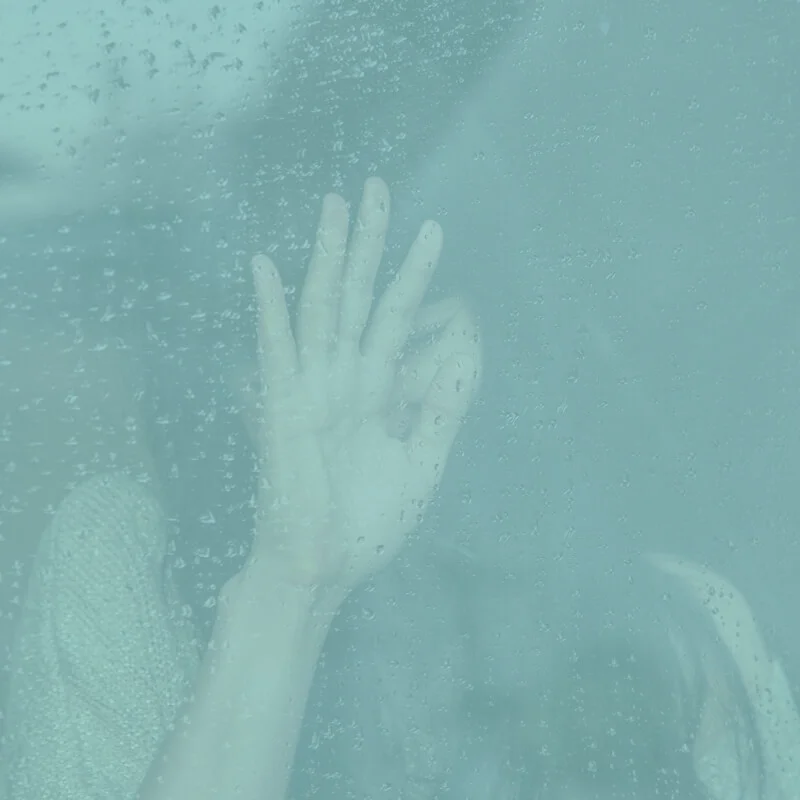Making Sense of the Ups and Downs of Life
Do you know my friends, Joy and Sadness? Allow me to introduce them. They’re pretty famous. Their resume is quite impressive.
They are lead roles in Disney Pixar’s Inside Out.
Rob Base features them in the chorus of his famous hip-hop song “Joy and Pain.”
Dr. Seuss references them in his quote “Don’t cry because it’s over; smile because it happened.”
And most importantly, the Bible verifies them as significant times in life in Ecclesiastes 3:4—a time to cry and a time to laugh; a time to grieve and a time to dance.
What do you notice about Joy and Sadness in these scenarios? Do you see a pattern? I notice that they’re together, appearing side by side.
So I’ve come to think of them as the greatest underrated dynamic duo of all time!
Here are some other dynamic duos you might remember:
Batman and Robin
Starsky and Hutch
Riggs and Murtaugh
Bert and Ernie
Now, what do these all have in common? Yes, they’re always together. But is there more? Is there something special about these relationships?
Let’s explore.
Batman and Robin are the Caped Crusaders set out to squash evil villains and save the innocent. Their partnership makes them stronger. Their capacity to fight evil is doubled.
Starsky and Hutch are law enforcement agents charged with keeping the city streets safe. They investigate crime and bring justice to victims. Together they have a greater impact on the community they serve.
Riggs and Murtaugh are the detectives in Lethal Weapon who hate working in pairs but eventually find a deep reliance on one another as they fight organized crime and hostage situations.
Bert and Ernie are those loveable guys from Sesame Street—Bert sometimes gloomy, Ernie usually hopeful.
So what do these quotes, song lyrics, and duos have to do with Joy and Sadness? I find two Biblical truths stand out.
They represent the vast and tender balance of the ups and downs of life.
Claiming victory is to have struggled (Psalm 116:1-6).
Rejoicing is to know mourning (Psalm 61:3).
Gaining is sometimes losing (Matthew 16:26, Philippians 3:7)
Healing follows heartache (Psalm 147:3).
They are evidence there is strength in numbers.
Calling the Twelve to him, he began to send them out two by two and gave them authority…(Mark 6:7).
And He called the twelve together, and gave them power and authority…(Luke 9:1).
After this the Lord appointed seventy-two others and sent them two by two…(Luke 10:1).
Now the Lord had said to Aaron, “Go out into the wilderness to meet Moses.” (Exodus 4:27)
The Roles Joy and Sadness Play In Our Lives
Let’s step in a little closer and look at the roles of Joy and Sadness. I want to show you just how significant these are to your total health and well-being.
I mentioned earlier that they are the greatest underrated dynamic duo. And I believe they are.
They provide balance and help you steer through life’s crazy twists and turns.
They are how you respond naturally to the events of your day. They allow you to process celebrations and tragedies, enabling you to deal with life, to fully live.
Joy and Sadness guarantee us the best of both worlds.
They both elicit tears. They both bring people together. Both are a cause for well wishes. Both are a cause for embrace.
Think about it.
Joy filled the room when you welcomed your baby girl into the world. Joy was there when you cheered your son across the stage for his high school graduation. Joy burst from your heart when your boyfriend proposed and became your fiancé.
And though it doesn’t feel so good, sadness has been with you as well.
When you didn’t make the dance team, sadness snuffed out your determination. When your father died, sadness ran down your cheeks. When hurricanes and floodwaters devastated your city, sadness nearly squashed your drive to move forward.
Scripture is very clear about the ups and downs of life.
In fact, Jesus Christ himself experienced both joy and sadness.
We see His joy in John 15:11 when he says to his friends,
“I have told you these things so that you will be filled with my joy. Yes, your joy will overflow!”
What about His encounter with the woman at the well. Imagine the joy that filled his heart when she confessed her sins and accepted his offer of forgiveness and eternal life (John 4:9-42).
We see His sadness as He struggles with the ways of his people in Luke 19:41-44. He weeps at the sight of Jerusalem and how the people do not understand the way to peace. He knows their enemies will crush them, leaving not a stone in place, because the people did not recognize God.
In Hebrews 5:7-8 we see him offer prayers and pleadings, with a loud cry and tears, to the one who could rescue him from death. God hears his prayers, but Jesus learns obedience from the things he suffers.
While our sadness and struggle is Jesus’ sadness and struggle, we must understand that it doesn’t last forever. It’s meant for only a time. It’s not the ending we’re promised. We come out of the sadness. We prevail. We have joy.
Ecclesiastes 3 is a great reminder of this:
1) For everything there is a season…4) a time to cry and a time to laugh. A time to grieve and a time to dance... 10) I have seen the burden God has placed on us all. Yet God has made everything beautiful for its own time. He has planted eternity in the human heart, but even so, people cannot see the whole scope of God’s work from beginning to end. So I concluded there is nothing better than to be happy and enjoy ourselves as long as we can. And people should eat and drink and enjoy the fruits of their labor, for these are gifts from God.
Disney Pixar’s Inside Out fabulously illustrates the roles of Joy and Sadness and their timing in our lives. In the film, you meet Riley—a little girl whose world is turned upside-down when she and her parents move to a new city.
Stress and struggle quickly set in as she tries to deal with this life-changing event and the emotions that come with it.
Joy quickly takes the lead, determined to fix things, to be the encourager. Her job is to keep things moving and happy. She is the most positive but least flexible of the emotions. She has a hard time stepping aside, so Riley can grieve the loss of her home and friends.
Eventually, Joy relinquishes control to Sadness, allowing Riley to cry, to fall into the arms of her parents and be consoled. It is this pivotal moment where we witness the healing, the recovery, the journey back to joy.
That's what God wants for us as well. He wants us to fall in His arms so that He may comfort, heal, and restore us.
We are not promised a trouble-free life, but we are promised covering and protection from our Comforter and Counselor. The journey back to joy is possible. For the Bible tells us so.













Jennie McChargue has a heart for helping women learn to pray. She knows there are times in our lives that we don’t even know what to pray. After overcoming a near-fatal incident in 2013, she has experienced first-hand the power of prayer. She wants everyone to experience that same healing and restoration.